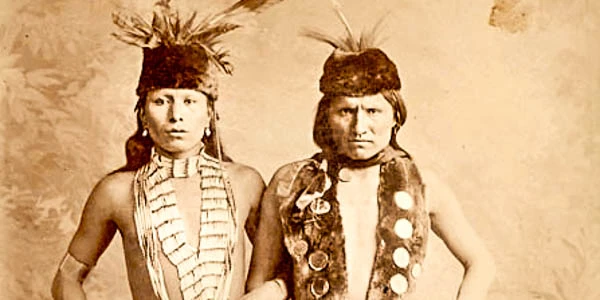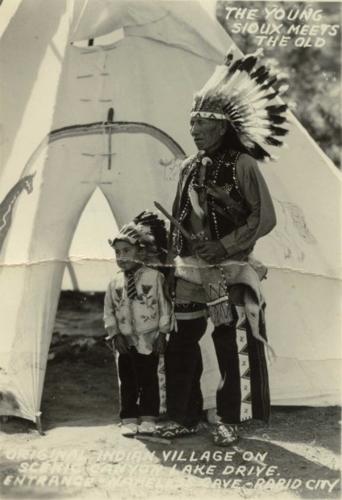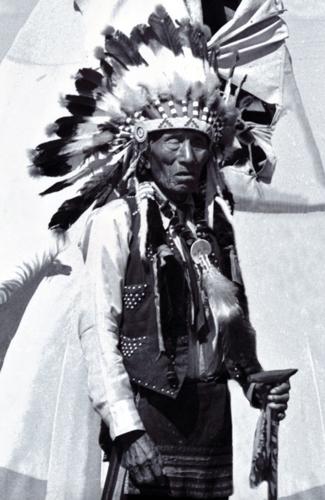Heȟáka Sápa (Black Elk): A Renowned Lakota Medicine Man and Holy Man
Heȟáka Sápa, also known as Black Elk, was a prominent wičháša wakȟáŋ (medicine man and holy man) and heyoka of the Oglala Lakota (Sioux) tribe. He lived in what is now South Dakota, in the present-day United States, and was born on December 1, 1863, near the Little Powder River in Wyoming. He was a second cousin of the renowned war chief Crazy Horse, adding to his notable lineage.
Black Elk’s life and teachings have left a lasting impact on Native American spirituality and cultural preservation. He is revered for his wisdom, spiritual insights, and ability to bridge the gap between traditional Lakota beliefs and the changing world around him.
Throughout his life, Black Elk experienced significant historical events, including the Battle of Little Bighorn and the Wounded Knee Massacre. These events shaped his understanding of the world and deepened his spiritual connection to the Lakota people and their ancestral traditions.
Black Elk married twice during his lifetime. His first wife was Katie War Bonnet, with whom he was married from 1892 to 1903. He later married Anna Brings White in 1905, and their marriage lasted until 1941. He had several children, including Benjamin, John, and Lucy Looks Twice.
Black Elk’s profound spiritual experiences and visions were shared with the world through the book “Black Elk Speaks.” In collaboration with poet and writer John Neihardt, Black Elk recounted his life story, including his visions, the ceremonies he participated in, and the profound connection he felt with the sacred.
His teachings encompassed the importance of harmony, balance, and respect for all living beings, as well as the interconnectedness of the spiritual and physical realms. Black Elk’s wisdom continues to inspire people to this day, transcending cultural boundaries and fostering a deeper understanding of indigenous spirituality and the preservation of Native American traditions.
Black Elk passed away on August 19, 1950, on the Pine Ridge Indian Reservation in South Dakota. He was laid to rest in Saint Agnes Catholic Cemetery in Manderson, South Dakota. His legacy lives on as a beacon of spiritual wisdom and cultural preservation, reminding us of the richness and significance of Native American traditions.
Hits: 0







